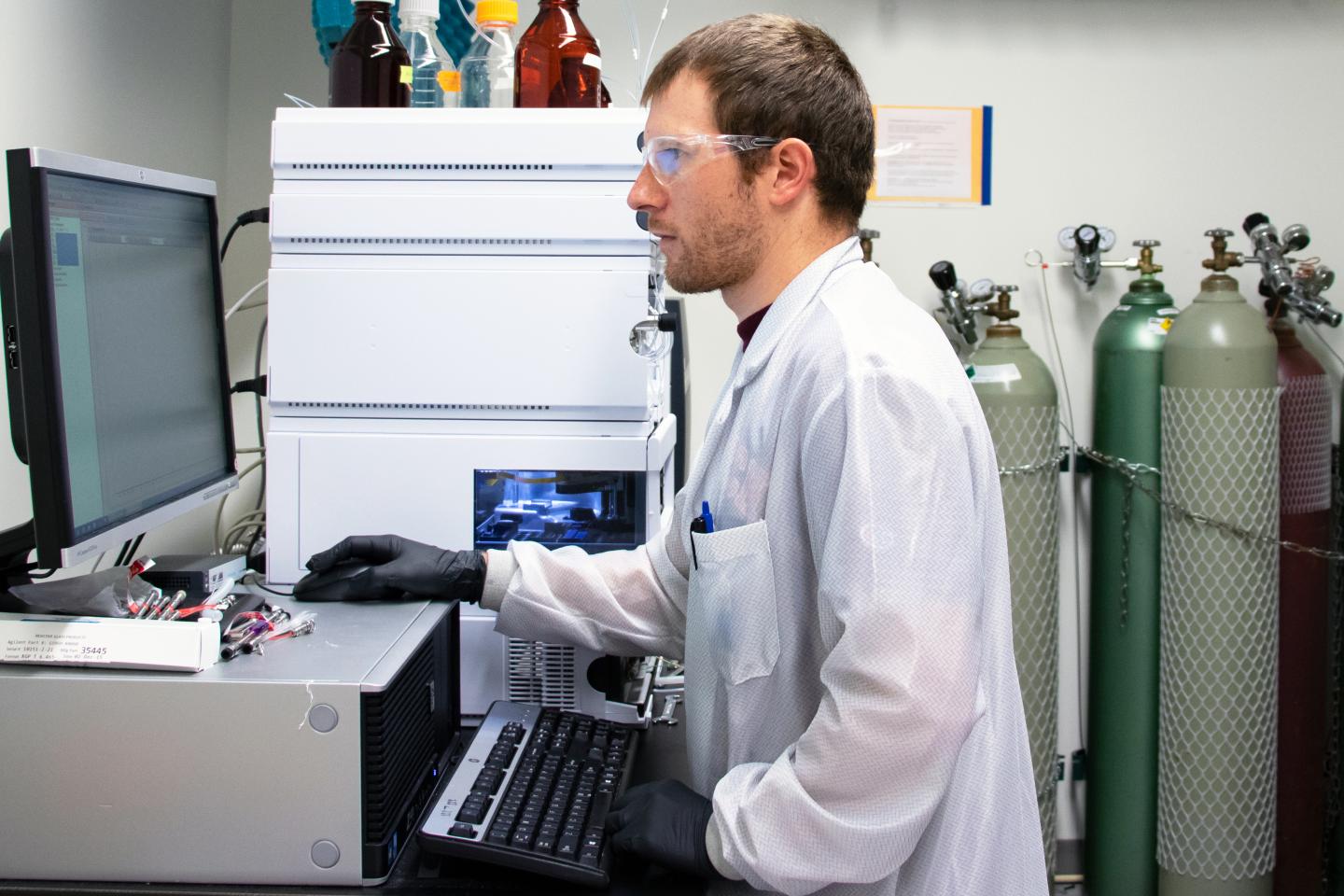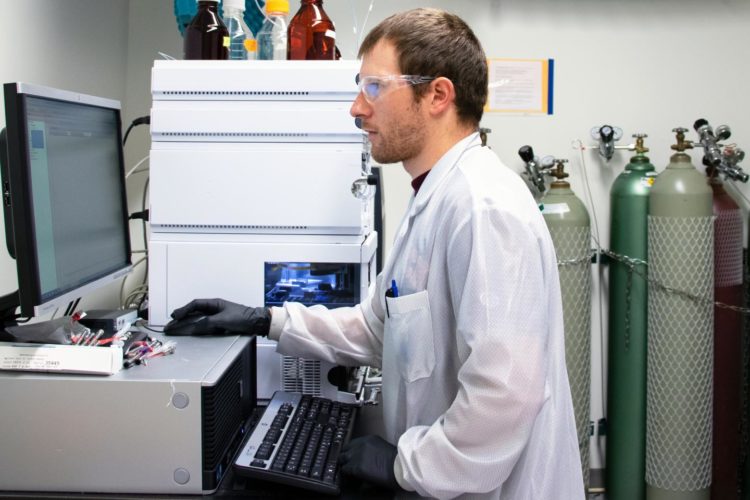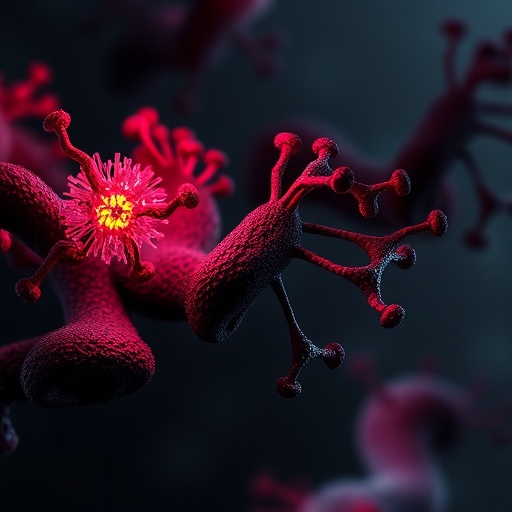Deep learning algorithms can help the shellfish industry avoid disruptions caused by harmful algal blooms

Credit: Bigelow Laboratory for Ocean Sciences
The same technology that powers facial recognition and self-driving cars may soon help Maine’s shellfish industry protect people from the dangerous effects of harmful algal blooms. A recent paper reports how researchers can use these deep learning algorithms to forecast shellfish toxicity, just like meteorologists forecast the weather.
“Deep learning approaches have become incredibly sophisticated, and using them creatively can allow us to address all sorts of challenges,” said Senior Research Scientist Nick Record, a modeler and the senior author of the paper. “This work unites the expertise of the industry, resource managers, and Bigelow Laboratory researchers, and I believe that by working together we can solve this problem.”
Bigelow Laboratory for Ocean Sciences works with Maine’s Department of Marine Resources (DMR) to test thousands of shellfish samples for toxins each year, using an advanced chemical method that Senior Research Scientist Steve Archer pioneered in 2014. These measurements help DMR judge when an area is safe for shellfish harvests. Over the years, this method has also created a dataset that reveals when and where toxins have occurred around the state – providing a unique opportunity to anticipate when they will show up in the future.
The research team used this dataset to train an algorithm to recognize the chemical “fingerprints” of the toxic compounds that some algae produce. These toxins can quickly concentrate to harmful levels in shellfish, which eat by filtering large quantities of water.
Their model utilizes neural networks, a sophisticated machine learning approach based on brain structure that can process huge volumes of data to recognize complex patterns. As it churned through more and more data, their algorithm became highly accurate at predicting oncoming toxicity. Isabella Grasso, a Southern Maine Community College Student and 2018 Research Experience for Undergraduates intern at Bigelow Laboratory, helped lead the research project and presented the results to industry and management leaders at the 2019 Northeast Shellfish Sanitation Association Annual Meeting.
“Toxic shellfish events can cause significant problems in Maine and around the country, but we think we can greatly reduce their impact,” Record said. “The ability to predict these sporadic events could allow farmers to prepare and adjust the timing of their harvest, helping protect the industry and consumers.”
The Maine Department of Marine Resources monitors shellfish throughout the year to ensure that no harvesting occurs while toxin levels in the water are high. While this makes certain that all seafood sold is safe to eat, the fishery closures can cause major disruptions to the state’s seafood industry.
Archer and Record recently received a grant to work with DMR and Maine shellfish growers to test and refine the forecast. Individual partnerships with growers will allow the researchers to receive and incorporate feedback on whether the forecast is working accurately and providing useful information.
Researchers predict that large-scale blooms of algae may become more common as the Gulf of Maine continues to warm, potentially favoring toxic algal species. The team hopes that live, real-time forecasts will be in place to aid monitoring efforts and shellfish harvests throughout the Gulf of Maine in a few years.
“It’s a huge responsibility to monitor the full coast of Maine, and the implications for human health are not something to be taken lightly,” said Kohl Kanwit, the director of public health for the Maine Department of Marine Resources. “This forecast could help us optimize our sampling efforts, and it likewise could help other states in their efforts to predict and manage harmful algal blooms.”
###
Bigelow Laboratory for Ocean Sciences is an independent, nonprofit research institute on the coast of Maine. Its research ranges from the microscopic life at the bottom of marine food webs to large-scale ocean processes that affect the entire planet. Recognized as a leader in Maine’s emerging innovation economy, the Laboratory’s research, education, and technology transfer programs are contributing to significant economic growth. Learn more at bigelow.org, and join the conversation on Facebook, Instagram, and Twitter.
Media Contact
Steven Profaizer
[email protected]
207-315-2567 x103
Original Source
https:/
Related Journal Article
http://dx.





